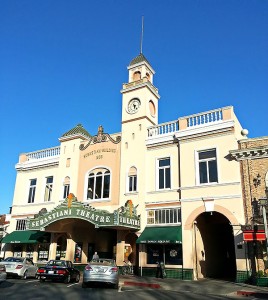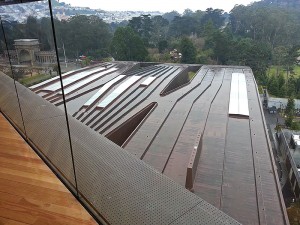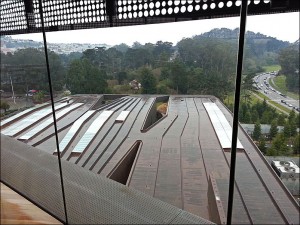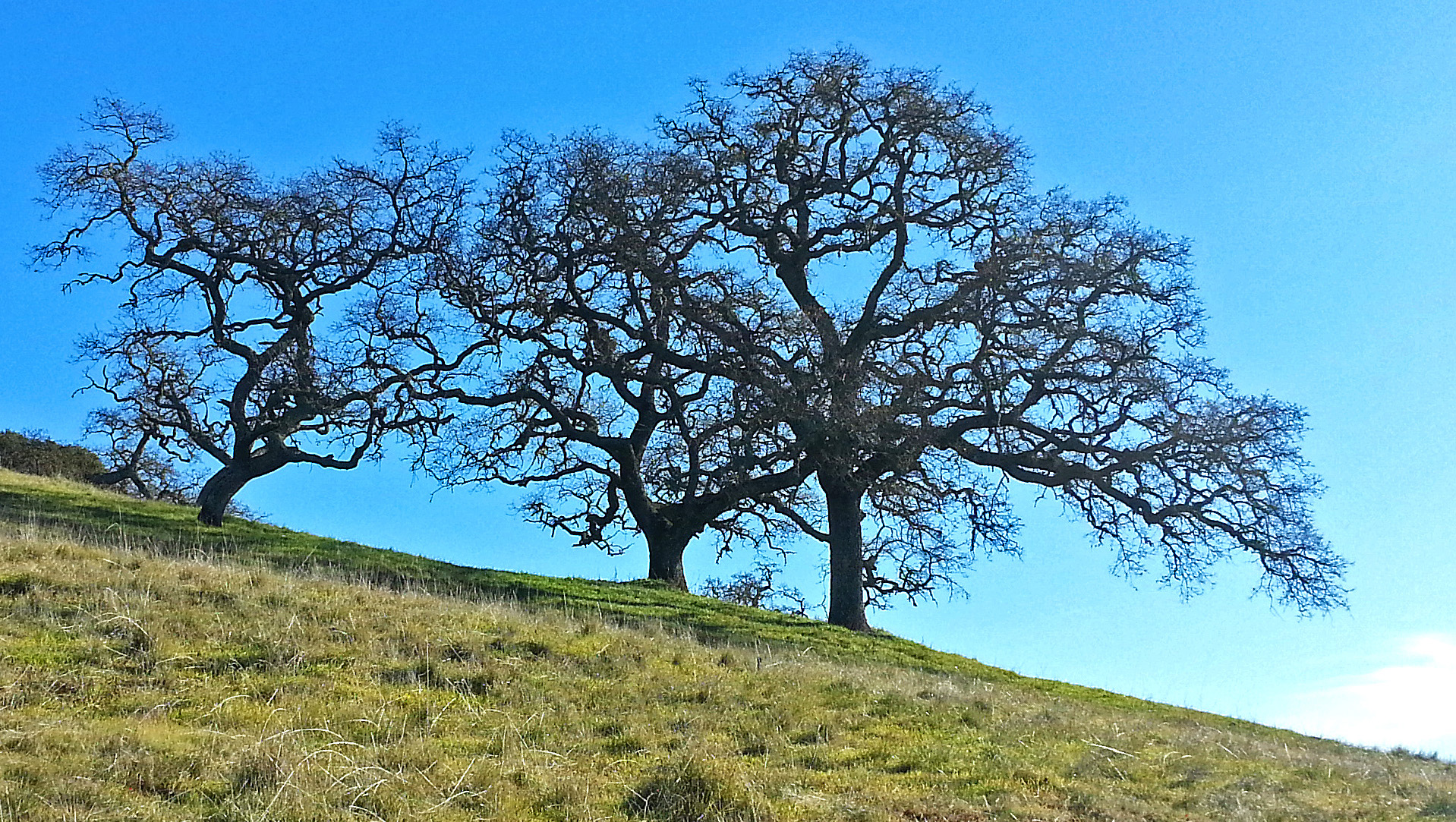by Joseph T. Sinclair
I was surprised to hear this is actually discussed as a “technique” by pros. But when you think about it, it is a technique. WYSIWYG (what you see is what you get - pronounced wizzy wig) is an old computer expression to say that with a GUI (graphical user interface) and a color screen, what you see on the screen is what you will get when you print the digital file (e.g., document, image, or photo).
However, we can use the same expression with a slight twist to name one of the best benefits of digital photography. WYSIWYG can also mean: what you see is what you got. That is, you can tell instantly whether you got the photo you wanted with your phone camera or whether you need to retake it. Don’t ignore this powerful new photographic capability.
Here’s the first photo and the retake.


This retake is a small matter perhaps, but sometime small matters are the difference between a complete photo and one that seems careless.
Photographers of old would have spilled blood to get such a convenient technique that today we take for granted. They would have been delighted. And so should we. It’s so easy to stop and check up on the photos you’ve taken.
I have taken an otherwise great photo only to discover that a tree branch was growing out of the ear of the person in the picture. That’s a shot that needs to be retaken right now. You may never get another chance. With WYSIWYG you know to shoot again immediately.
Here’s the first photo and the retake from the top floor of the DeYoung Museum.


The trouble with this technique is that it’s so simple that anyone can do it. We shouldn’t even call this a technique. It’s just common sense. And on top of that, what more can I write about it? Nothing more I can say is going to make it more understandable.
So all I can tell you is keep WYSIWYG in mind. It’s a gift from the gods to photographers everywhere. It’s perhaps the most useful new photographic technique that whirling digits of the computer revolution have brought to us.

